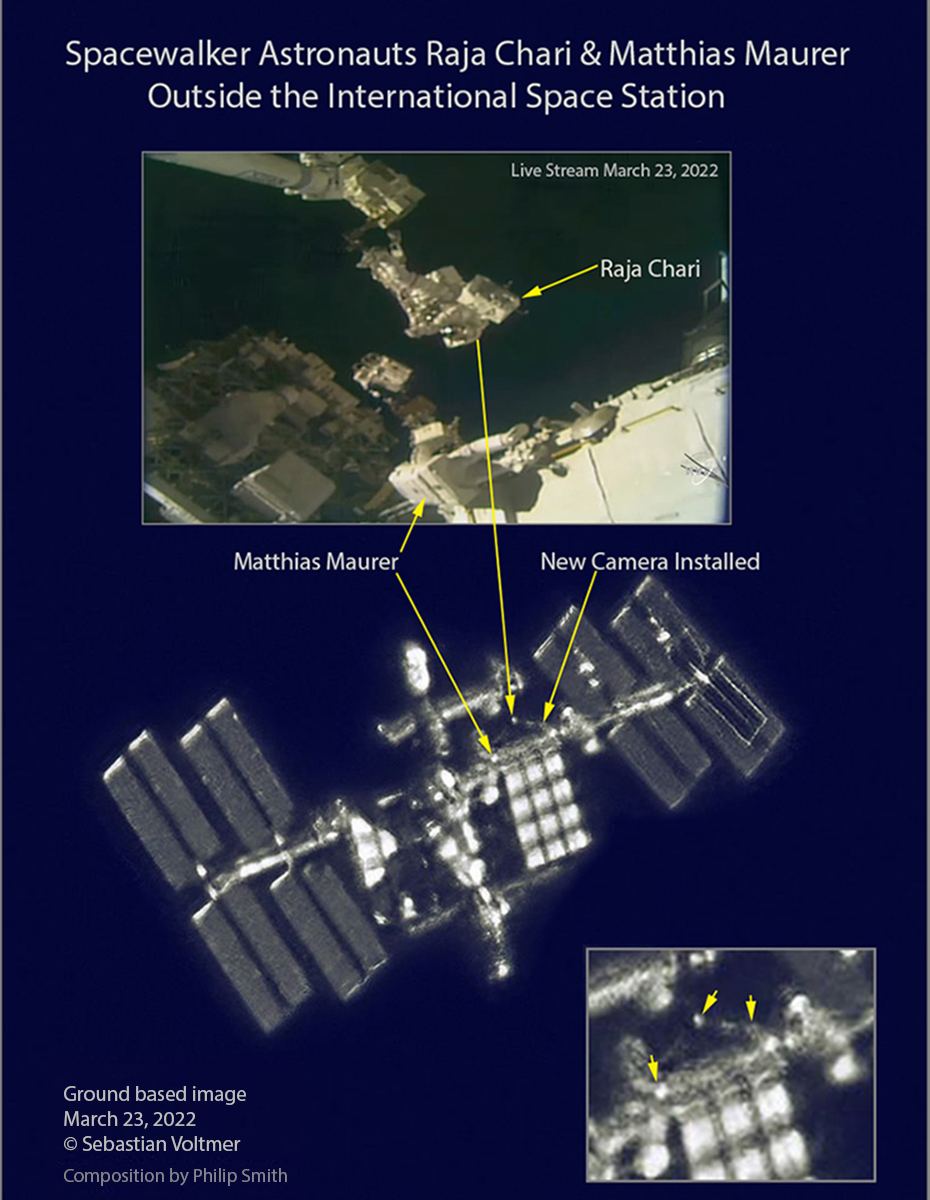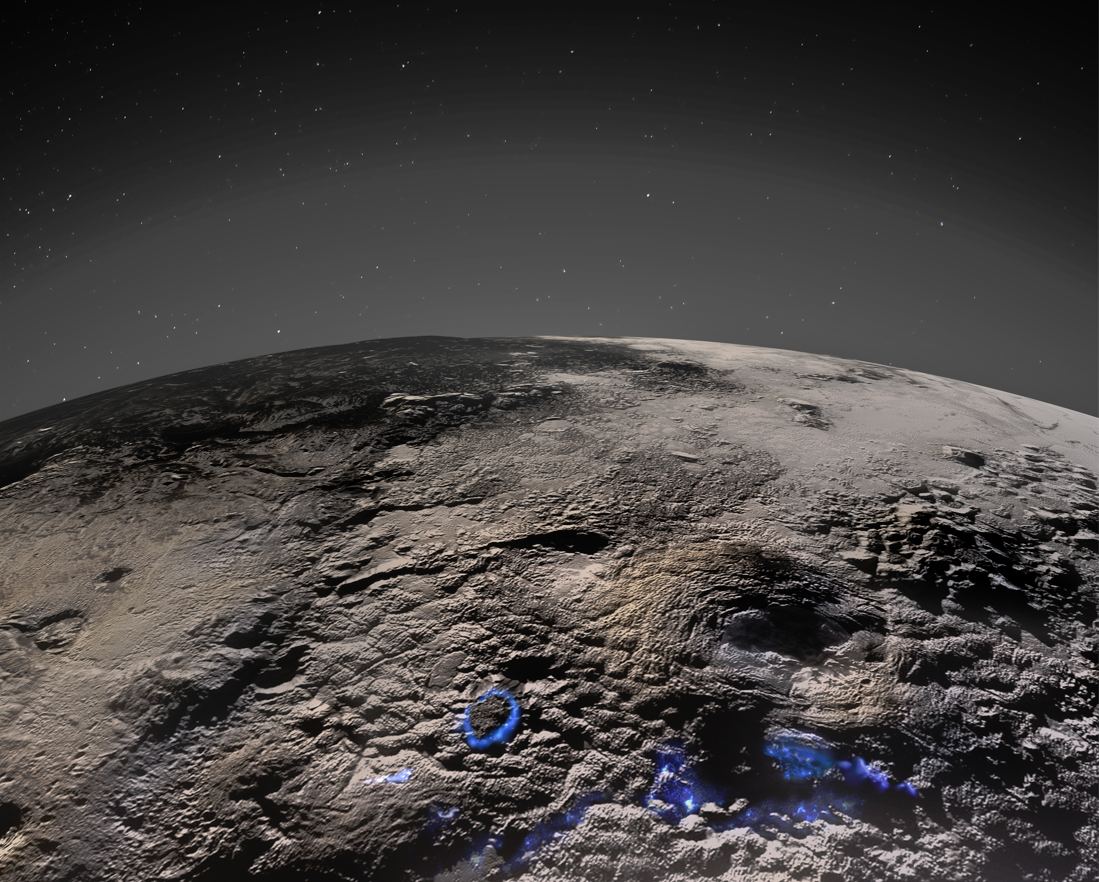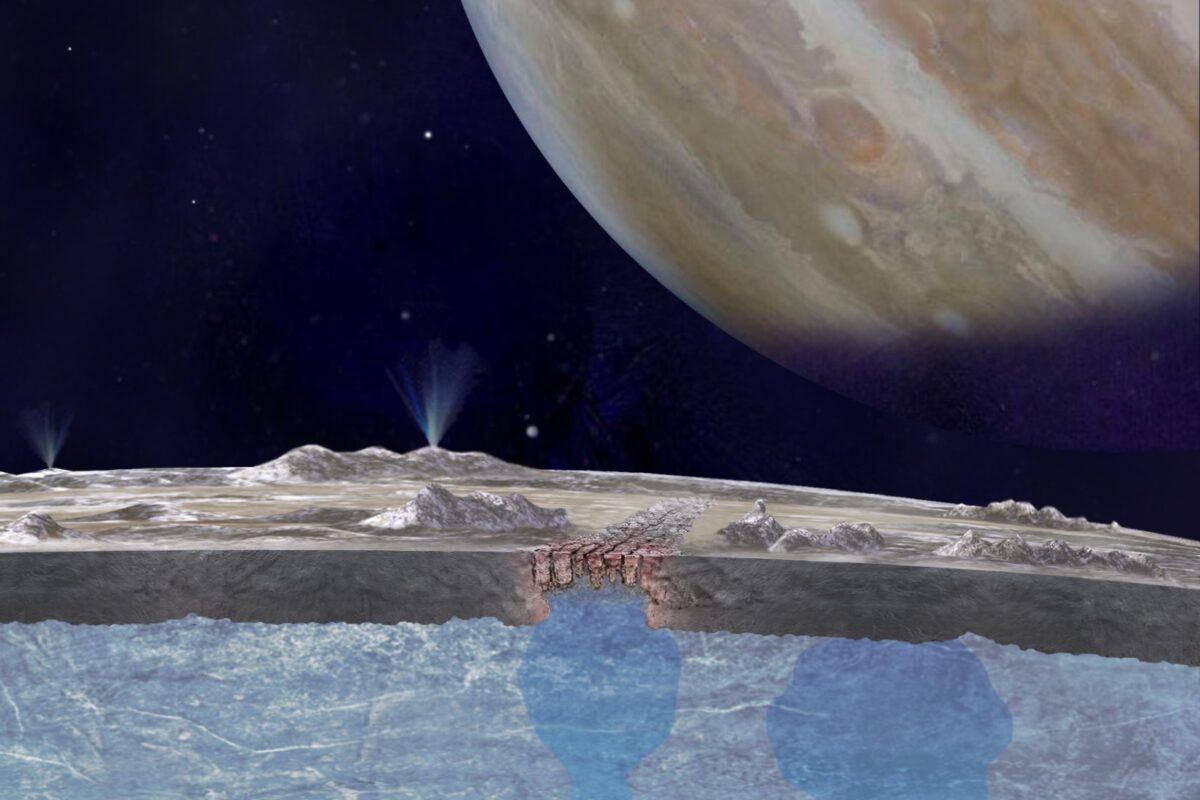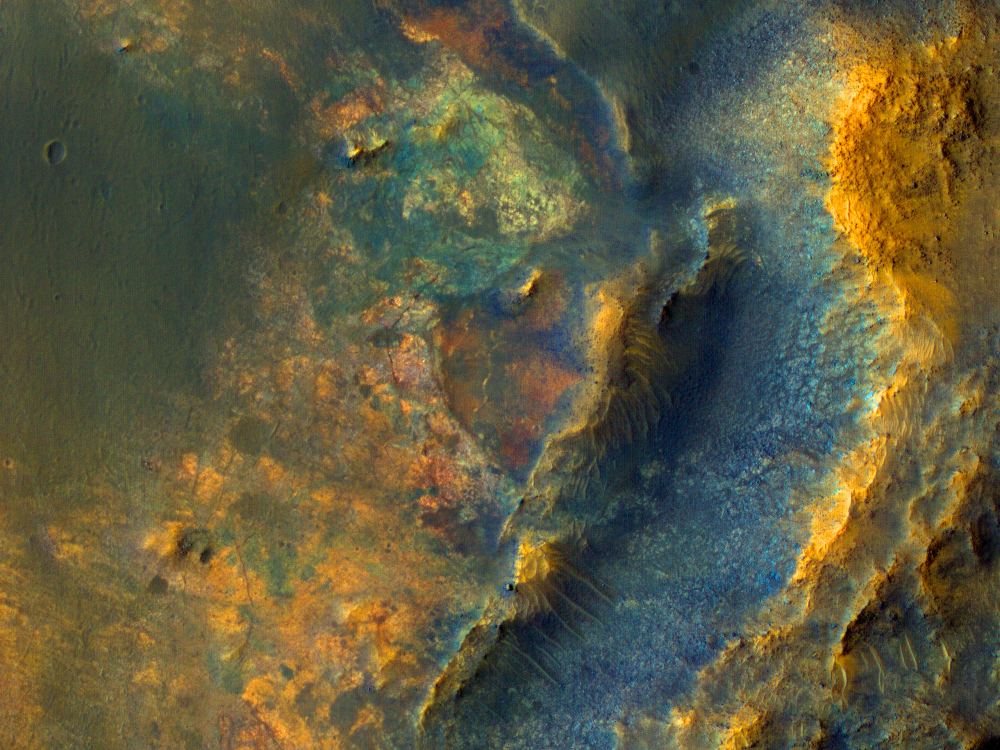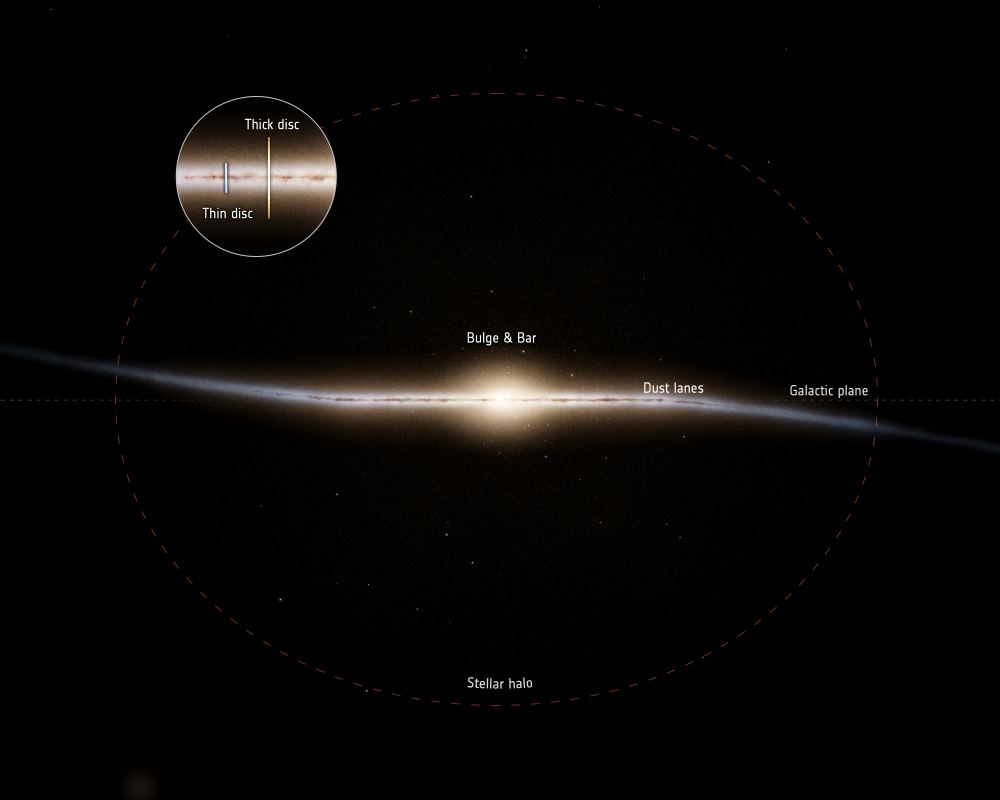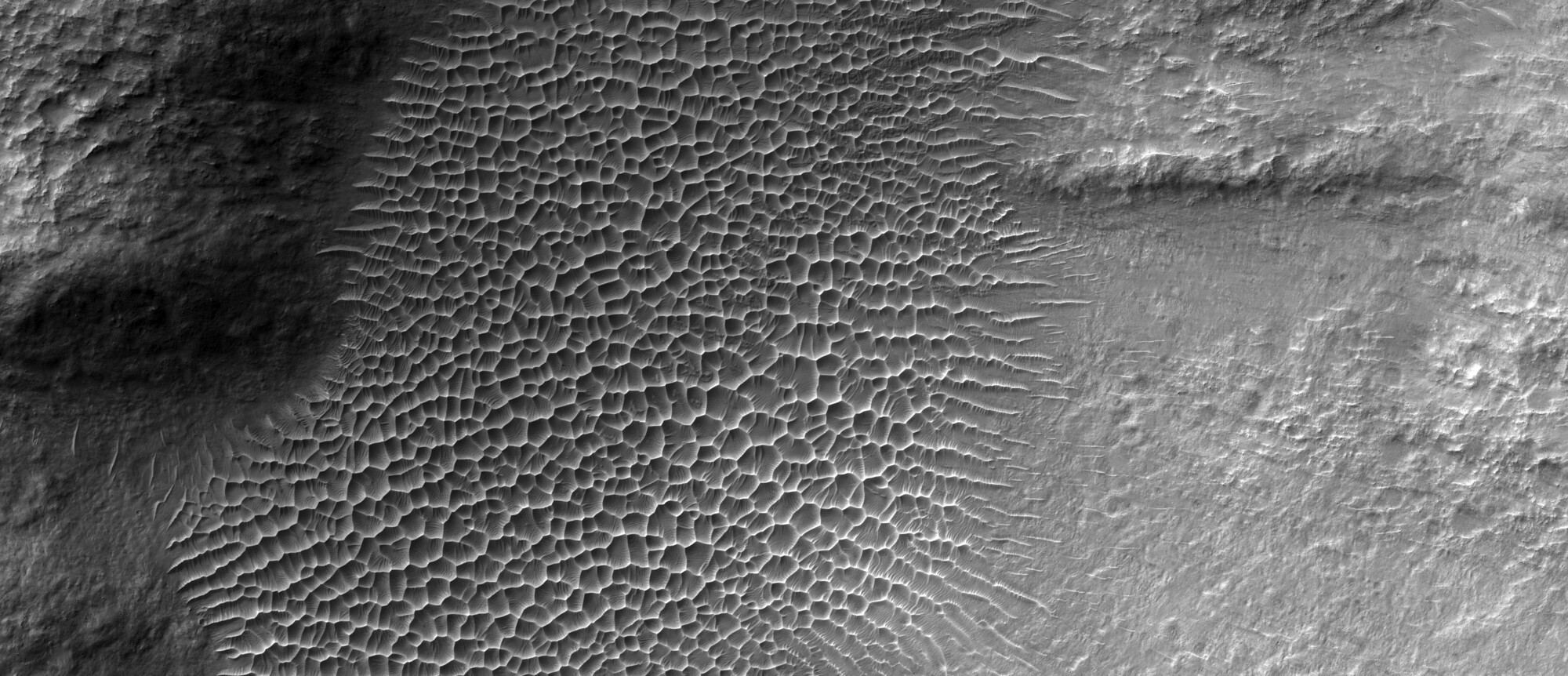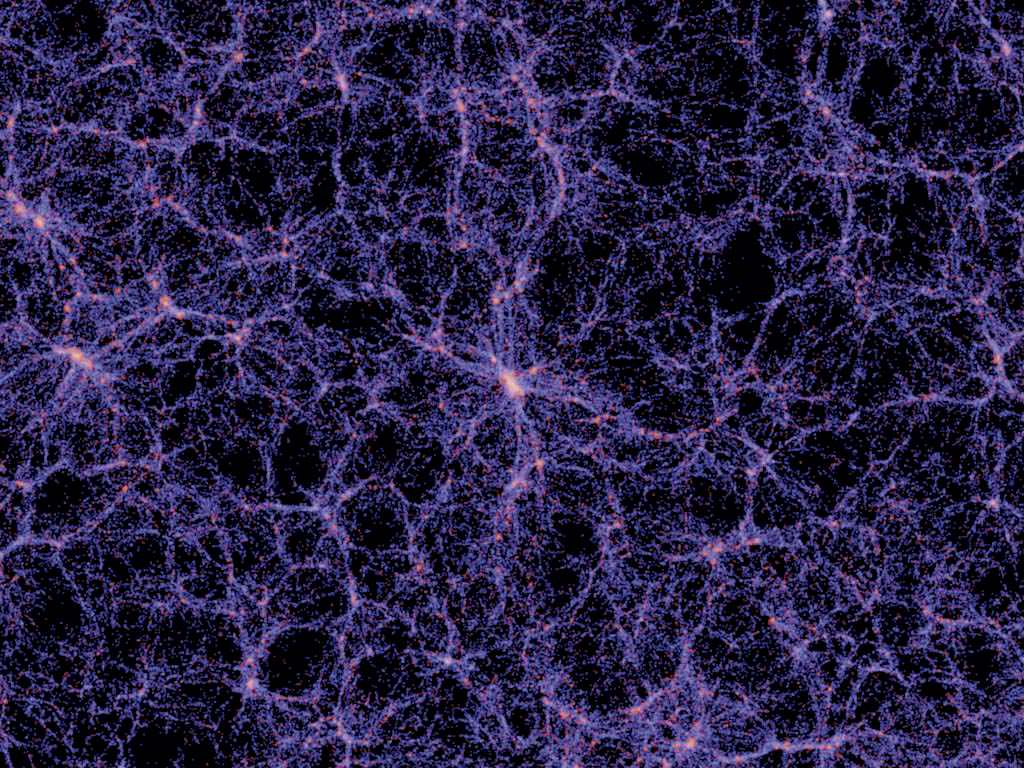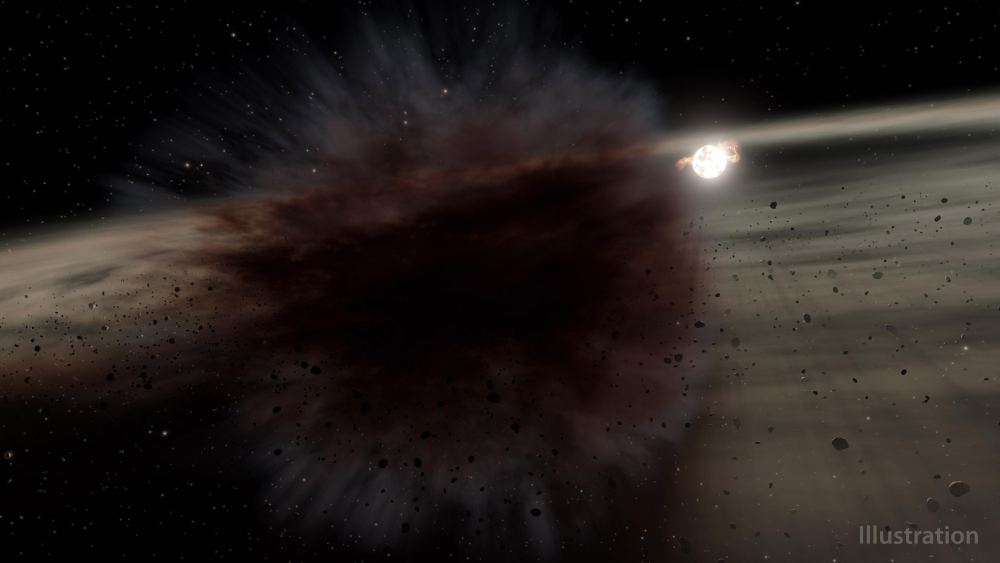In our age, we’ve grown accustomed to pictures of astronauts inside the International Space Station, as they float in zero-G and tend their science experiments. We’re even getting used to images of spacewalking astronauts. But this is something new.
An image of two astronauts on a spacewalk, taken from the ground.
Continue reading “Stunning Image of ISS Taken From the Ground Shows two Spacewalking Astronauts”
